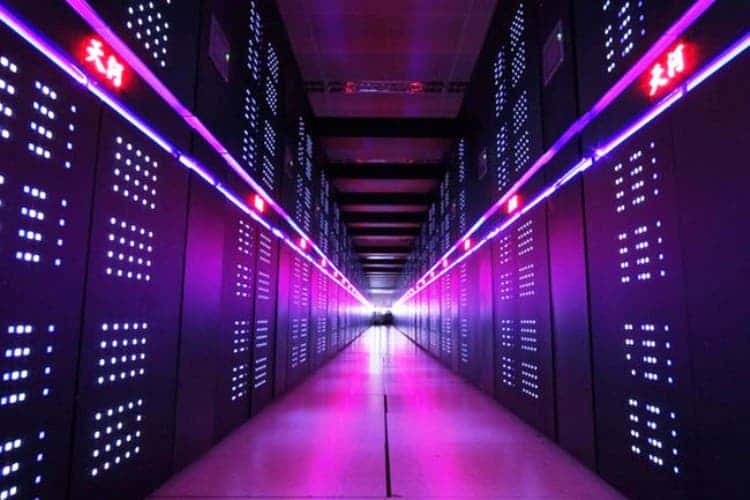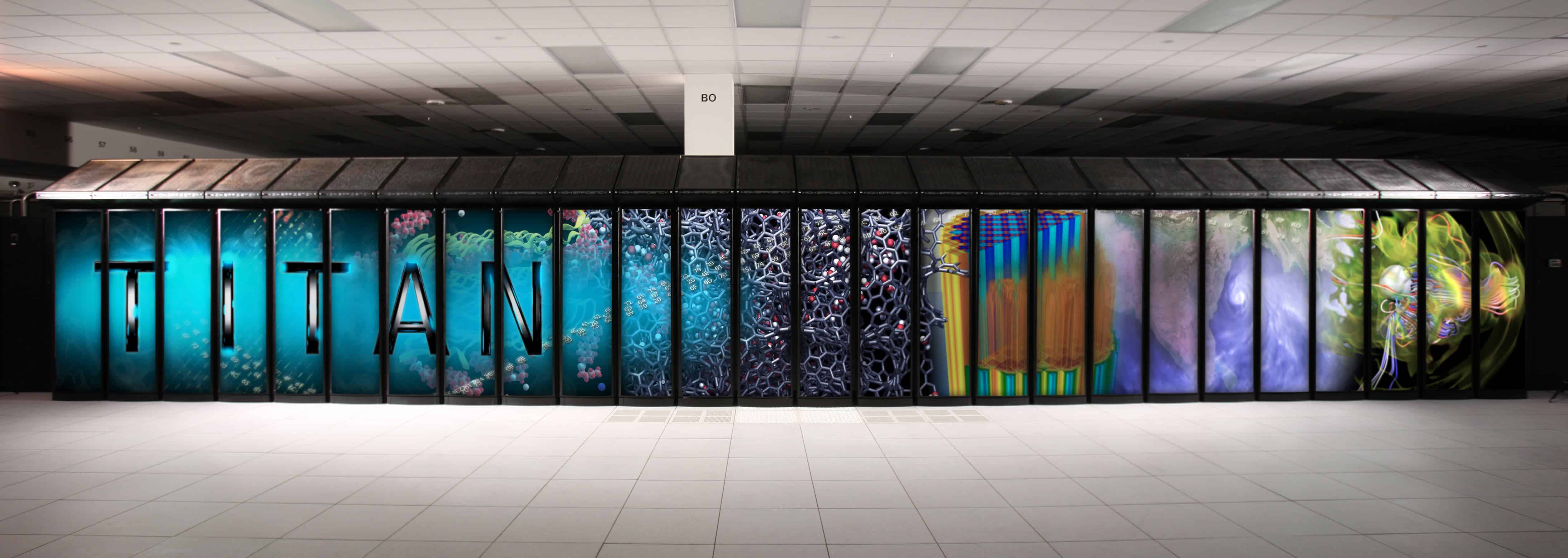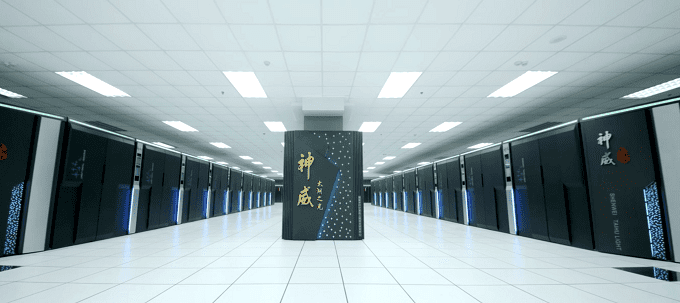China hopes to usher about breakthroughs in the field of high-performance processors and other key systems by building the first exascale supercomputer said Meng Xiangfei, director of applications at the National Super Computer Tianjin Centre, on Monday.

When they say supercomputer, they mean it. Dubbed Tianhe-3 (meaning ‘Heavenriver-3’), the supercomputer would make any device you’re reading this on cry digital tears of shame. Operating in the ‘exascale’ means that the system will be able to handle a quintillion (1018) calculations each second.
The prototype device is expected to be ready in 2018, with full operational capability scheduled for 2020.
One computer to rule them all
There has been somewhat of a supercomputer ‘arms-race’ going on, with China and the US both vying for supremacy in the computational arena. In 2013, the US could boast 252 of the most powerful 500 supercomputers in the world, dwarfing China’s 66. But the same year China’s Tianhe-2 wrestled for the title of the most powerful supercomputer from Oak Ridge’s Titan, outperforming it by an almost 2-to-1 factor.

Image credits Oak Ridge National Laboratory.
Still, the system was not without its limitations. First of all was its huge power bill. Critics also pointed out to the lack of usable software as its Achilles’ Heel. Since the main drive was on developing the hardware, users would often have to write their own programs.
“It is at the world’s frontier in terms of calculation capacity, but the function of the supercomputer is still way behind the ones in the US and Japan,” Chi Xuebin, deputy director of the Computer Network and Information Centre under the Chinese Academy of Sciences, said about Tianhe-2 in 2014.
“Some users would need years or even a decade to write the necessary code”, he added.
Since then, China has made huge progress. It ranked first for the total number of top supercomputers in June 2016, holding 168 of the top 500 systems and briefly overcoming the US. By November 2016, the two contenders were evenly matched, with 171 systems each. China has the most powerful one in the world — the Sunway TaihuLight, the country’s first supercomputer built with domestically designed processors that clocked in at 125 quadrillion calculations per second — but it’s second by total computational power. You can check out the ebb and flow between the two countries on Top500. It’s pretty cool.
Tianhe-3 is expected to crown the country’s achievements. The delivery date puts China in first place on the exascale race, overtaking the US’s ECP (Exascale Computing Project), which aimed to produce the first device of this kind by 2021, by a full three years prototype-wise and one year by full operational capability.
“Its computing power is on the next level, cementing China as the world leader in supercomputer hardware,” said Meng Xiangfei.
Scientific applications

Image credits Top500.
But it’s not only about flexing their industrial muscles. Because supercomputers can crunch calculations that would make mere computers give up and blue-screen, access to this class of devices opens up a lot of possibilities for researchers. Tianhe-1 for example, the first Chinese system to pass the 1-quadrillion (1015) calculations per second mark, is now busy solving more than 1,400 tasks each day, furthering research in fields from biology to astronomy.
Tianhe-3 is expected to be 100 times faster than its grandfather, and ten times as powerful as the Sunway. It will be available for public use and will “help us tackle some of the world’s toughest scientific challenges with greater speed, precision, and scope”, Meng added. It’s already been earmarked to analyze smog distribution throughout China, as current systems can only handle the models on a district-level, China Daily reported.
It will also be powerful enough to simulate earthquake and epidemic patterns in greater detail than ever before, improving the government’s ability to respond to such events, Meng added. Alternatively, it can be used to unravel genetic sequences and protein structures with unprecedented scale and speed — data which can be used to create more efficient medicine in the future, Meng said.
Tianhe-3 will be produced using only domestical sources, with Chinese industry and know-how supplying everything from the processors to the operating system.






